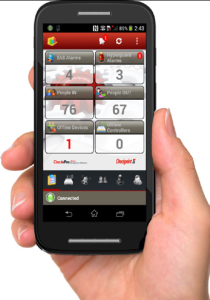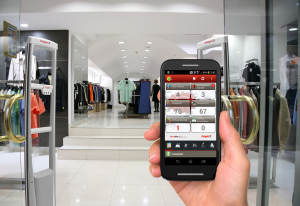To fix a problem, you first need to know what is wrong with it. Shoplifting and employee theft are two of the main causes of billions of dollars lost in the retail industry every year. Employers and management personnel do not know how to fix those problems, and sometimes are not aware there is a problem till much later. If employees are caught stealing, the problems then are the financial costs associated with prosecuting such individuals. Is firing them enough punishment? Should the employer pay thousands of dollars in legal fees to bring such individuals to court? There are many issues associated with shoplifting, do you know what to do about them?
To read more about this topic, follow the links below.
Managing Retail Shrink Begins with Problem Identification
The retail shrink action plan should begin with problem identification.
One question I have been asked frequently is, “How did you know how to battle retail shrink in the grocery business, especially considering your background is predominantly in discount retail?” My response to that question is almost always the same, which is: “I follow the loss prevention road map.” Often I get blank stares, but after explaining, most understand and realize they have probably been following their own road map for years without realizing it.
I have always described the road map as a six-step process; one that takes years to perfect, but when executed properly can yield amazing results in not only retail shrinkage reduction, but any expense a company is attempting to minimize.
The process includes the following six steps:
• Step 1—Problem identification
• Step 2—Program development
• Step 3—Program execution, or what I like to call countermeasures
• Step 4—Comprehensive awareness programs
• Step 5—Auditing for compliance
• Step 6—Measurement

 Is your burglar alarm giving you all it’s got? Technology keeps updating but there is one area you may not be thinking about getting more from your dollar: your burglar alarm system.
Is your burglar alarm giving you all it’s got? Technology keeps updating but there is one area you may not be thinking about getting more from your dollar: your burglar alarm system.
 Often overlooked for small businesses is the dire need for a suitable burglar alarm system. I talk about EAS placement and CCTV all the time. Those are rendered absolutely useless is someone busts in through the back door. If your burglar system isn’t up to standards, you run the risk of losing everything.
Often overlooked for small businesses is the dire need for a suitable burglar alarm system. I talk about EAS placement and CCTV all the time. Those are rendered absolutely useless is someone busts in through the back door. If your burglar system isn’t up to standards, you run the risk of losing everything.



